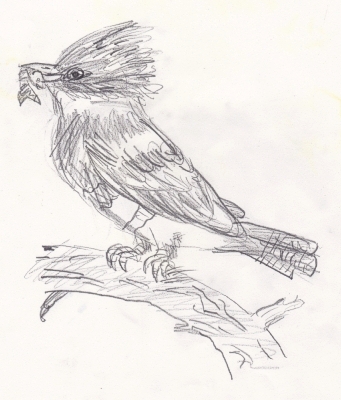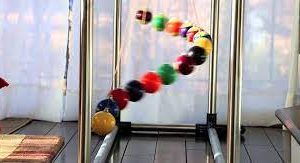Learn how to draw quickly and well. The instructor customizes assignments, based on ability and what the student is interested in. Find out, in an innovative step-by-step way, how to create the basic shape and then make it look three-dimensional. Learn how to compose a picture and how to use color. This is a professional-level illustration class for any age and any level of ability. This realistic art training is especially for beginners, even though it can also help more advanced students. Her drawing instruction starts with the tried-and-true teaching method of drawing and shading basic shapes. It then advances to freehand drawing and shading. Unlike other drawing instructions, however, she has added “training wheels” to the lessons, small gradual steps that take a beginner from simple pictures to advanced, complex art. She has used this training with many students, including children as young as five.
Minimum Student Enrollment: 5
Course Length: grades 6-12: 50 min class per week / 16 weeks/semester
Cost: $184 per semester
Supply list (please bring to first class):
Drawing pencils – How dark a pencil is depends on its number/letter. The darkness goes in this order, from most dark to most light: 6B, 4B, 2B, HB, 2H, 4H, 6H. The sixes aren’t really needed, but the other ones are. 2B is an ordinary pencil. Here are drawing pencils sold by Dick Blick: https://www.dickblick.com/products/blick-studio-drawing-pencils/. I haven’t seen any differences between brands. They might also be at Michaels, although, in general, I don’t recommend getting most art supplies at Michaels.
Eraser – A good quality eraser that erases well and doesn’t leave a residue.
Stump – This is used for blending pencils. A large and a small one is good. Here they are in Dick Blick: https://www.dickblick.com/products/richeson-blending-stumps/ I am providing links to Dick Blick art supplies to provide an easy way to find the supplies, and I have had good luck with this company, but you are welcome to buy them anywhere.
Drawing paper – A small sketchbook is fine. Here is one: https://www.dickblick.com/items/blick-studio-sketch-pad-8-12-x-11-100-sheets/ However, one that allows you to tear out the paper easier might be better. Something you want to watch for is whether or not the paper is “archival,” otherwise known as “acid-free.” Otherwise, the paper may turn brown over time, and if the drawing is a masterpiece, you won’t like that. Also, some regular printer paper is handy for sketches that are transferred to the drawing paper.
Transfer paper – This is used to transfer images to the drawing paper or watercolor pad. See https://www.dickblick.com/products/saral-wax-free-transfer-paper/ You don’t need very much of this, because it can be reused, so one roll could be shared with other students.
Black (graphite). You don’t need very much of this, because it can be reused, so one roll could be shared with other students.
Small binder clip – This holds the sketch to the transfer paper to the drawing paper.
Clear acetate – This is also used for tracing and then transferring images to the drawing paper. This can be something simple, like overhead projector pages or something similar from an office supply store. You just need a few of these, and a package can be shared with others.
Tote bag – To carry all this stuff.






